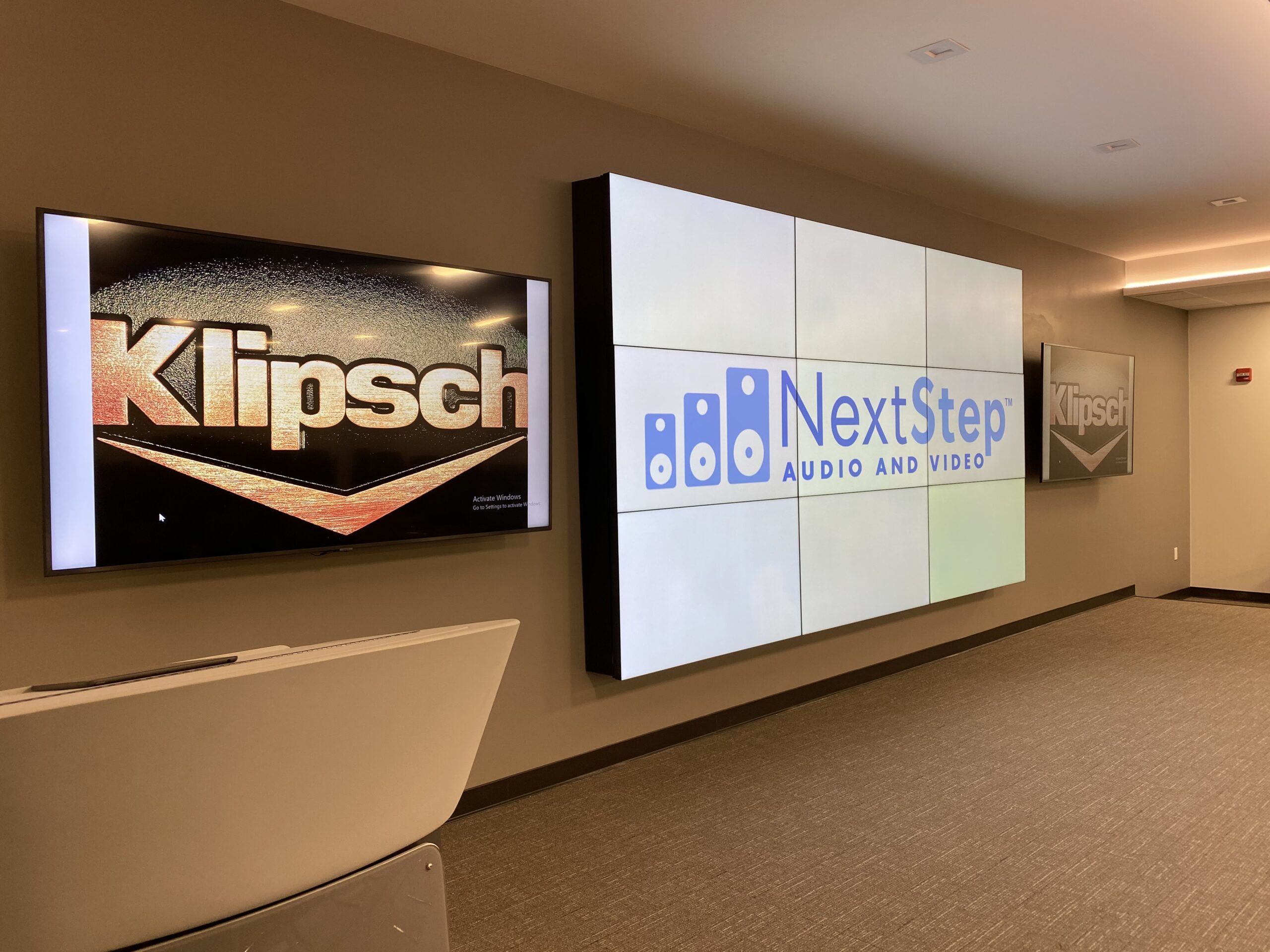Exploring the Development of Digital Display Technology and Its Impact on Setup Practices
Wiki Article
Digital signage solutions has arrived a long way since its beginning. Initially, displays were fixed and required hands-on modifications, which could be time-consuming and challenging. With the advancement of technology, digital signage has evolved into a flexible and interactive medium. Currently, screens can show vibrant images, videos, and real-time data, making them more captivating for audiences. This transformation has not only changed how data is presented but has also transformed the way companies and entities interact with their audiences.

One of the crucial developments in digital signage solutions is the use of HD screens. These displays offer better clarity and color accuracy, which improves the overall observing encounter. Additionally, the introduction of light-emitting diode and liquid crystal display technology has made it possible to create thinner and lighter displays. This has enabled for more versatile setup options, such as surface installation, hanging, or even independent displays. As a result, companies can choose the best configuration that fits their space and customer requirements, making digital signage a flexible solution for various environments.
Another notable advancement is the integration of content management platforms (CMS). These systems enable operators to quickly develop, schedule, and manage material across multiple screens from a single interface. This feature is particularly beneficial for businesses with multiple locations, as it ensures consistent messaging and identity. Furthermore, many CMS platforms offer cloud-based solutions, enabling off-site control and real-time modifications. This means that businesses can quickly react to changes in data or promotions, maintaining their content fresh and relevant.
The impact of digital signage solutions on installation practices cannot be overlooked. With the growth of interactive screens and touchscreens, installation has become more complex. Installers must now consider elements see post such as cabling, connectivity, and user interaction. Additionally, the requirement for appropriate installation and positioning is essential to ensure maximum sightlines and accessibility. As a result, professional setup solutions have become increasingly important, as they offer knowledge in both technology and aesthetics to develop effective digital signage solutions.
In conclusion, the development of digital signage solutions has profoundly impacted setup practices and the way information is communicated. With improvements in screen systems, media management systems, and installation methods, companies can create captivating and impactful displays that captures the focus of their viewers. As digital signage keeps to expand and develop, it will undoubtedly play a crucial role in defining the future of communication in various industries.